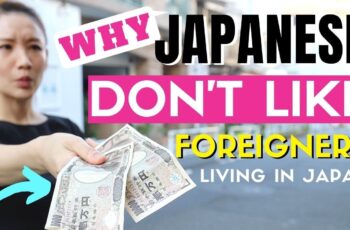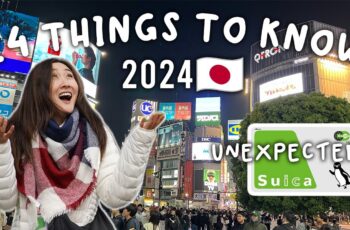Japan is a land of captivating contrasts, where ancient temples stand in the shadow of neon-lit skyscrapers and serene gardens offer a quiet escape from bustling city life. For many, it’s a dream destination, promising a journey filled with unparalleled cuisine, rich culture, and breathtaking scenery. However, this dream trip can quickly become a financial strain if you fall into common tourist traps. The excitement of a foreign land can often lead to unplanned expenses and budgetary missteps.
This guide, inspired by invaluable on-the-ground insights, will walk you through 15 of the most common ways tourists waste money in Japan. By understanding these pitfalls and embracing smarter alternatives, you can not only stretch your travel budget further but also enjoy a more authentic and rewarding experience in 2025. It’s not about being cheap; it’s about spending wisely to maximize your adventure.
1. The Tourist Trap: Shopping at Souvenir Shops
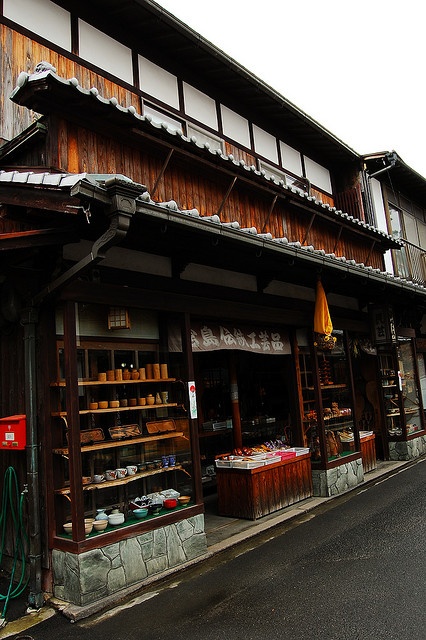
The joy of bringing home a piece of your journey is undeniable. Shopping at tourist spots, whether it’s browsing the stalls of Nakamise-dori in Asakusa or the souvenir shops near Kiyomizu-dera in Kyoto, is an integral part of the travel experience.
The Mistake: These shops are masters of convenience and presentation, but this comes at a steep price. Items are often marked up significantly—sometimes 1.5 to 2 times higher—compared to what you’d find elsewhere. Local specialties like Kyoto’s famous “Yatsuhashi” (sweet bean-filled mochi) or Asakusa’s “Kaminari Okoshi” (sweet puffed rice crackers) are prime examples. Similarly, items labeled as “limited edition” or “exclusive” at these locations can often create a false sense of urgency, compelling you to make an impulse purchase.
The Smarter Alternative: For authentic local snacks and souvenirs at a fraction of the cost, venture beyond the main tourist thoroughfares. Local supermarkets, drugstores, and large discount chains like Don Quijote (Donki) are treasure troves. You’ll find the exact same regional Kit Kats, snacks, and even some character goods for much lower prices. Often, the “limited edition” items aren’t as exclusive as they seem and can be found at these larger stores. A short walk away from the tourist hub can save you a considerable amount of money.
2. The Convenience Cost: Currency Exchange at Airports or Hotels
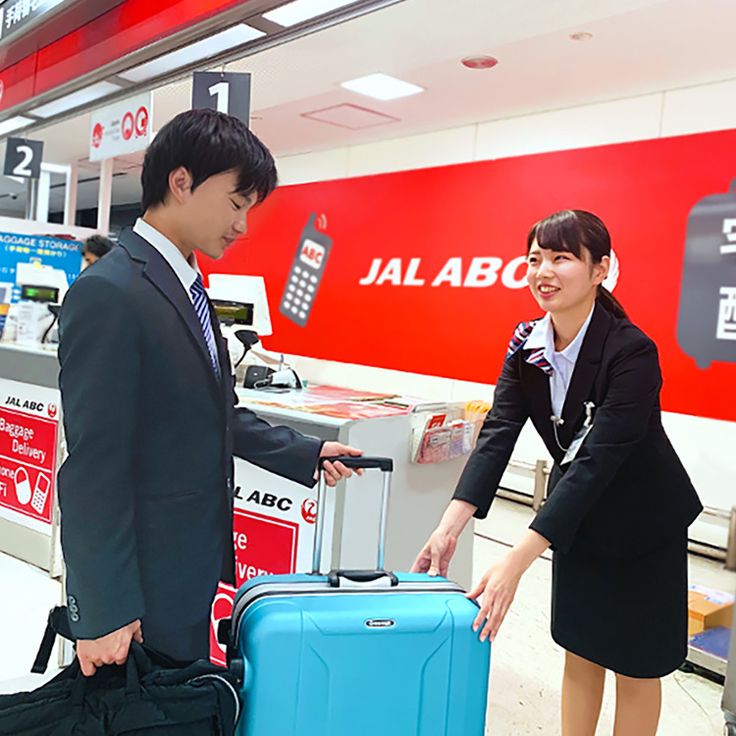
Upon arrival, the first instinct for many travelers is to exchange their money at the airport or their hotel. It’s convenient, immediate, and seems like the most straightforward option.
The Mistake: This convenience is paid for with unfavorable exchange rates and high service fees. Airports are notorious for offering some of the worst rates, capitalizing on travelers who need local currency urgently upon arrival. Hotel exchange services are often even worse, making it an incredibly expensive trade-off. For example, if the market rate is ¥160 to the dollar, an airport kiosk might offer you ¥165. While a five-yen difference seems small, on a larger exchange, this loss accumulates quickly.
The Smarter Alternative:
-
Use ATMs: Japan is a cash-friendly society, and ATMs are widely available. Look for Seven Bank ATMs (found in 7-Eleven convenience stores) or Japan Post Bank ATMs (at post offices). These ATMs accept most international cards and offer exchange rates that are very close to the market rate, with a minimal flat fee.
-
Fintech Travel Cards: Services like Wise or Revolut allow you to hold Japanese Yen in your account and withdraw it from ATMs at excellent rates.
-
Plan Ahead: Exchange a small amount of cash in your home country for immediate needs (like buying a train ticket from the airport) and then use ATMs for larger withdrawals once you’re in the city.
3. The Pass Paradox: Misusing the Japan Rail (JR) Pass
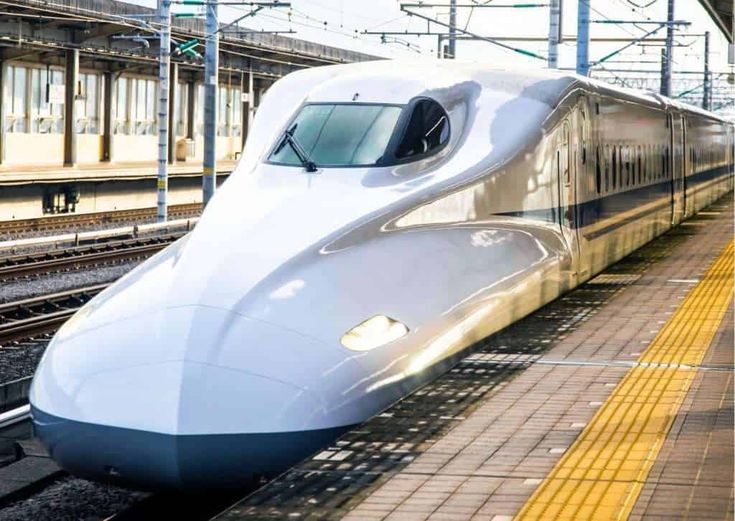
For decades, the JR Pass was the holy grail for Japan travelers, offering unlimited travel on the extensive JR network for a fixed price.
The Mistake: Following a significant price hike in October 2023, the JR Pass is no longer the automatic money-saver it once was for every itinerary. Many tourists, operating on outdated advice, purchase the pass without calculating their actual travel costs. For a standard 7-day “Golden Route” trip (Tokyo → Kyoto → Osaka), buying individual Shinkansen (bullet train) tickets is now often cheaper than purchasing a 7-day JR Pass. The pass costs around ¥50,000, while individual round-trip tickets for this route would be considerably less.
The Smarter Alternative: The JR Pass can still be a worthwhile investment, but only if your itinerary involves extensive long-distance travel across Japan. If you plan to visit multiple regions far apart (e.g., Tokyo to Hokkaido, then down to Hiroshima), the pass might offer value. Before you buy, use an online JR Pass Calculator. Input your planned train journeys, and it will compare the total cost of individual tickets against the price of the pass, giving you a clear answer on whether it’s a smart purchase for your specific trip.
4. The Morning Myth: Expensive Hotel Breakfast Buffets
A lavish hotel breakfast buffet can seem like a luxurious and convenient way to start your day.
The Mistake: These buffets are often overpriced, especially in high-end hotels where they can range from ¥3,000 to ¥5,000 per person. While the spread is impressive, you could spend that same amount on a fantastic lunch or dinner. Moreover, opting for the hotel breakfast means you miss out on experiencing Japan’s unique and affordable breakfast culture.
The Smarter Alternative: Embrace the “Morning Set” (モーニングセット). This beloved concept is offered at countless cafes and coffee shops across Japan. For the price of a coffee (typically ¥500-¥800), you get a complimentary breakfast set that usually includes toast, a hard-boiled egg, and a small salad. Chains like Komeda’s Coffee are famous for this. Alternatively, convenience stores (konbini) offer a surprisingly high-quality and diverse range of breakfast items like onigiri (rice balls), sandwiches, and baked goods for just a few hundred yen.
5. The Luxury Ride: Overusing Taxis
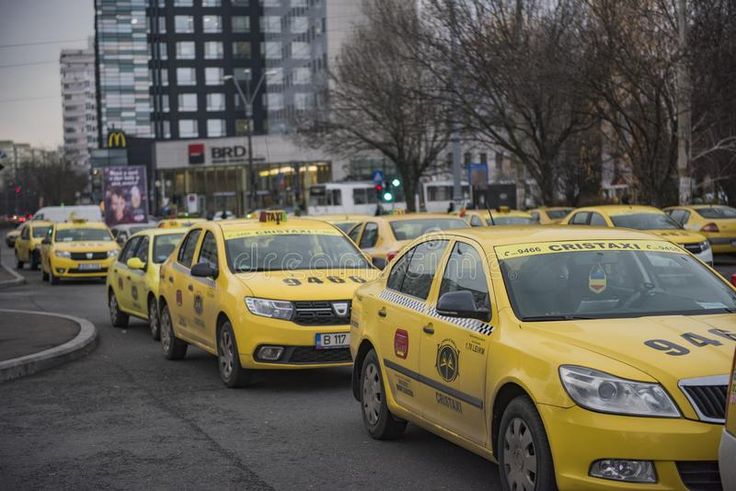
Taxis in Japan are clean, safe, and professional, but they are also one of the most expensive ways to get around.
The Mistake: Relying on taxis for anything other than short, late-night trips or when traveling with heavy luggage can quickly decimate your budget. A taxi ride from Narita Airport to central Tokyo can cost over ¥25,000. Even short trips within a city are costly due to high base fares. Furthermore, traffic congestion in major urban areas like Tokyo and Osaka can lead to longer travel times and even higher fares.
The Smarter Alternative: Japan’s public transportation system is a marvel of efficiency, punctuality, and coverage. Trains and subways can get you almost anywhere you need to go far more quickly and cheaply. Purchase an IC card (like Suica, Pasmo, or ICOCA) upon arrival. These rechargeable cards can be used on virtually all trains, subways, and buses, making travel seamless. For airport transfers, use dedicated express trains (like the Narita Express or Keisei Skyliner) or affordable airport limousine buses.
6. The Convenience Crutch: Over-reliance on Convenience Stores
Japanese convenience stores are world-class, but they shouldn’t be your one-stop-shop for everything.
The Mistake: While perfect for a quick breakfast or a late-night snack, buying all your daily necessities—drinks, snacks, and toiletries—at a konbini will cost you more in the long run. Items are priced for convenience and are marked up compared to larger stores.
The Smarter Alternative: For stocking up on drinks, snacks for your hotel room, or any toiletries you forgot, head to a local supermarket or drugstore. Chains like My Basket, Gyomu Super, and OK Store offer a wide range of products at budget-friendly prices. A bottle of tea that costs ¥170 at a convenience store might be under ¥100 at a supermarket. These small savings add up significantly over the course of a trip.
7. The Menu Mistake: Ordering À la Carte Instead of Set Menus
When dining out, especially for lunch, it’s easy to get lost in an extensive à la carte menu.
The Mistake: Ordering individual dishes can be much more expensive than opting for a set menu. Tourists, sometimes due to language barriers or unfamiliarity with the concept, miss out on some of the best deals in Japanese dining.
The Smarter Alternative: Look for “Teishoku” (定食) or “Set” (セット) menus, especially during lunchtime. These are balanced, multi-course meals that typically include a main dish (like fish, tonkatsu, or tempura), a bowl of rice, miso soup, and several small side dishes (kobachi) for a fixed, affordable price (often around ¥1,200). It’s a fantastic way to sample a variety of flavors and enjoy a hearty, authentic meal without breaking the bank.
8. The Last-Minute Letdown: Buying Attraction Tickets on the Day
Spontaneity is part of the fun of travel, but for major attractions, it’s a costly approach.
The Mistake: Buying tickets on-site often means paying the full price and, more importantly, wasting valuable time waiting in long queues. Popular spots like the Tokyo Skytree, teamLab exhibitions, or Universal Studios Japan can have lines that stretch for hours.
The Smarter Alternative: Pre-purchase your tickets online. Many attractions offer discounts for advance bookings through their official websites or third-party travel sites like Klook or KKday. For example, a same-day ticket to the Tokyo Skytree’s observation deck costs around ¥3,000, but booking in advance can reduce the price to ¥2,700 and let you bypass the ticket queue entirely. This simple step saves both money and precious vacation time.
9. The Forgotten Perk: Neglecting Tax-Free Shopping
Japan offers a tax-free shopping program for foreign tourists, allowing you to save the 10% consumption tax on eligible purchases.
The Mistake: Many tourists are either unaware of this program, forget to bring their passport when shopping, or find the process cumbersome and don’t bother. This means leaving a significant amount of money on the table, especially when buying electronics, cosmetics, or clothing.
The Smarter Alternative: To qualify, you generally need to spend over ¥5,000 at a single participating store. Always carry your passport when you plan to shop. Look for the “Japan. Tax-free Shop” logo at department stores, drugstores, and electronics shops. The process is usually handled directly at the cashier. To make it even smoother, use the Visit Japan Web portal to register your information beforehand, which can streamline the tax-free procedure at many locations.
10. The Vending Machine Vice
Japan’s ubiquitous vending machines are a cultural icon, offering everything from hot coffee to cold beer at any hour.
The Mistake: While incredibly convenient, the cost of frequently buying drinks from vending machines accumulates. A single bottled drink typically costs around ¥150-¥180, which is significantly more than supermarket prices. The temptation to grab a drink while exploring can lead to a surprisingly high daily expenditure on beverages alone.
The Smarter Alternative: As mentioned earlier, buy drinks in bulk from a supermarket. Keep a bottle in your daypack. This small preparation can drastically reduce your spending on drinks throughout your trip, allowing you to save that money for a special meal or experience.
11. The Buffet Blunder: Overestimating All-You-Can-Eat Plans
“Tabehodai” (all-you-can-eat) and “Nomihodai” (all-you-can-drink) plans are popular, especially for yakiniku (grilled meat) and izakaya (Japanese pubs).
The Mistake: Tourists are often drawn to the promise of unlimited food and drink, but they overestimate how much they can realistically consume. These plans often come with strict time limits (usually 90-120 minutes) and menu restrictions, where premium items like high-grade wagyu beef are excluded. This can lead to a rushed, less-than-satisfying experience where you end up paying more than you would have for à la carte dishes.
The Smarter Alternative: Carefully consider your appetite and dining habits. If you’re a light eater or prefer to savor your meal without a ticking clock, ordering à la carte is often the better and cheaper choice. If you do opt for an all-you-can-eat plan, check the menu carefully to see what’s included and be mindful of the time limit.
12. The Monk Misconception: Donating to “Fake Monks”
At popular tourist spots like Ueno Park or Asakusa, you may encounter individuals dressed as Buddhist monks asking for donations.
The Mistake: These are almost always fake monks engaged in a fraudulent scam. They target unsuspecting tourists, claiming the money is for religious or charitable purposes. In reality, the money goes directly into their own pockets.
The Smarter Alternative: Be cautious and politely decline. If you genuinely wish to support a temple or shrine, make your donation through the official channels provided on-site, such as the designated offering boxes (saisen-bako). This ensures your contribution goes to the legitimate institution.
13. The Tipping Taboo: Giving Unnecessary Tips
In many Western cultures, tipping is a standard practice to show appreciation for good service.
The Mistake: Japan does not have a tipping culture. In fact, attempting to leave a tip at a restaurant or for a taxi driver can lead to confusion and even polite refusal. Service staff may feel awkward or even chase after you to return the money, thinking you left it by mistake.
The Smarter Alternative: Simply don’t tip. Excellent service, or “omotenashi,” is considered a standard part of the job and is already factored into the price. A polite “Gochisousama deshita” (Thank you for the meal) or “Arigatou gozaimasu” (Thank you very much) is the best and most culturally appropriate way to show your appreciation. This simplifies your budget and helps you avoid unnecessary expenses and awkward situations.
14. The Connectivity Cost: Renting SIMs or Wi-Fi at the Airport
Staying connected is essential for modern travel, but renting a SIM card or pocket Wi-Fi router at the airport is an expensive last-minute solution.
The Mistake: Airport rental kiosks charge a premium for convenience. Daily rental fees often exceed ¥1,000, which can add up to a substantial cost over a multi-week trip.
The Smarter Alternative:
-
Pre-order Online: Book your SIM card or pocket Wi-Fi online in advance from companies like Ninja WiFi. You can have it delivered to your hotel or pick it up at the airport for a much lower price.
-
eSIMs: If your phone supports it, an eSIM is an even more convenient and often cheaper option. You can purchase and activate a data plan online before you even leave home.
-
Leverage Free Wi-Fi: Utilize the widespread availability of free Wi-Fi at cafes, hotels, train stations, and major tourist spots to reduce your mobile data usage.
15. The Final Folly: Impulse Buying on a Whim
Japan is a shopper’s paradise, filled with unique crafts, cutting-edge electronics, and quirky souvenirs that are hard to resist.
The Mistake: Without a plan, it’s easy to get swept up in the moment and make impulse purchases that you later regret or that blow your budget. Tourist destinations are specifically designed to encourage this, with higher price tags on beautifully displayed but often unnecessary items.
The Smarter Alternative: Before your trip, create a list of items you genuinely want to purchase and set a dedicated shopping budget. When you’re in a major shopping area or a tourist spot, take a moment to compare prices at different stores or online. This habit will help you make more thoughtful purchases, ensuring you bring home meaningful souvenirs without the financial regret.
